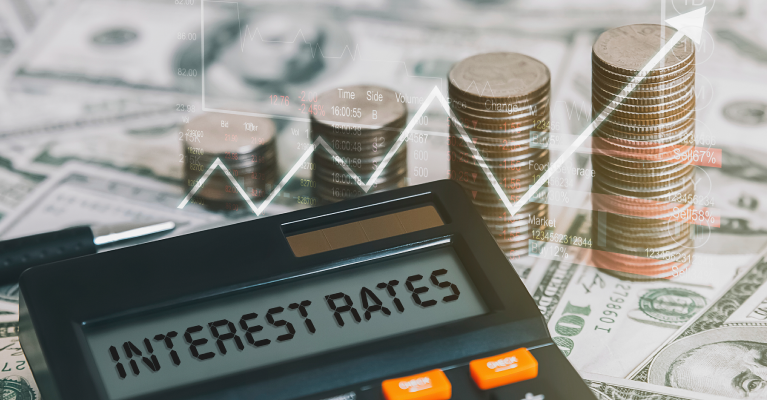The Housing Market May Stabilize in 2023, But Stay Focused on What You Can Control

Traditionally, the homebuying market in our area, and in many parts of the country, tends to be seasonal. But the past few years have seen seasonality in housing turn on its head, including the all-out homebuying frenzy of 2020-2021.
While inflation, rising rates, and record high prices tempered the market in 2022, many experts agree that 2023 will likely see us return to a more stabilized, pre-pandemic housing market. That means we could start to see housing inventory rise in February and through the summer, potentially loosening up options for homebuyers.
What forecasters do not agree on, however, is where mortgage rates will settle as the Federal Reserve continues to stave off inflation by raising the Prime Rate. While mortgage rates are more tied to the 10-year US Treasury yield, the Fed’s actions can influence rates.
While there are many factors pointing to a market stabilization this year, predicting how, when, and the ultimate impact is more uncertain.
Here are ways you can stay in control of your homebuying experience.
Don’t Wait or Count on Big Rate Drops
If the Fed slows their interest rate hikes in response to slowing inflation, this could indirectly begin to lower mortgage rates, as we started to see in late 2022.
However, it is highly unlikely rates will drop significantly, as most forecasters expect them to settle in the 6% – 7% range. They will likely still fluctuate, so instead of feverishly watching rates and trying to lock in at the perfect time, focus more on your budget, finances, and readiness to begin the mortgage pre-approval and home search processes with a general rate range in mind.
Research and Ask Questions
If you have specific areas or neighborhoods where you would consider buying a new home, connect with a realtor who knows those areas well and get a real assessment of inventory, affordability in line with your budget, and what the realtor is hearing from other agents about potential upcoming listings. Realtors in the same markets strike deals with each other frequently, and realtors that have a good rapport with their counterparts are very valuable to have in your corner.
Consider Your Financing Options
Knowing the interest rate range you are likely going to be working with for a fixed rate mortgage, speak with your lender about realistic options for financing. Many lenders have special financing options for veterans or those buying homes in rural communities. There are also several programs and grants offered by lenders, community organizations and local and state agencies that can help with down payments and closing costs.
Another option is buying down the rate, or “buying points.” If you have extra cash available after closing costs and your down payment, buying points can whittle down your interest rate. Each point costs 1% of the mortgage, so buying one point on a $300,000 mortgage would cost $3,000. Typically, each point lowers the mortgage’s interest rate by about 0.25%, so if your interest rate was 7%, it would now be 6.75% for the life of the loan.
This strategy lowers your interest rate, monthly payment and overall cost of your loan in the long run.
Finally, an adjustable-rate mortgage, or ARM, may work for you. An adjustable-rate mortgage can help you by offering a lower introductory interest rate that stays the same for a pre-determined timeframe, usually between three to 10 years, before the interest rate changes. If you anticipate your household income to increase or if you will have other debt paid off during this period of time, an ARM may work well for the short term, and you can refinance into a fixed rate if the rates drop below your ARM rate.
Staying focused on these areas you can control will help guide your homebuying experience toward success in 2023.

Helping you boost your financial intelligence.
Read our financial resources from your friends at WSFS.



